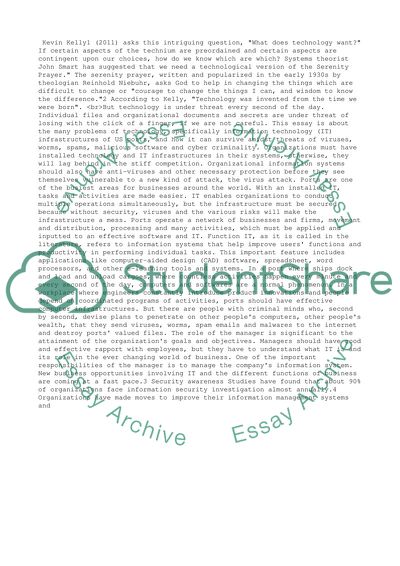Cite this document
(“US Ports and Cybersecurity Research Paper Example | Topics and Well Written Essays - 3250 words”, n.d.)
US Ports and Cybersecurity Research Paper Example | Topics and Well Written Essays - 3250 words. Retrieved from https://studentshare.org/business/1486936-us-ports-and-cybersecurity
US Ports and Cybersecurity Research Paper Example | Topics and Well Written Essays - 3250 words. Retrieved from https://studentshare.org/business/1486936-us-ports-and-cybersecurity
(US Ports and Cybersecurity Research Paper Example | Topics and Well Written Essays - 3250 Words)
US Ports and Cybersecurity Research Paper Example | Topics and Well Written Essays - 3250 Words. https://studentshare.org/business/1486936-us-ports-and-cybersecurity.
US Ports and Cybersecurity Research Paper Example | Topics and Well Written Essays - 3250 Words. https://studentshare.org/business/1486936-us-ports-and-cybersecurity.
“US Ports and Cybersecurity Research Paper Example | Topics and Well Written Essays - 3250 Words”, n.d. https://studentshare.org/business/1486936-us-ports-and-cybersecurity.


